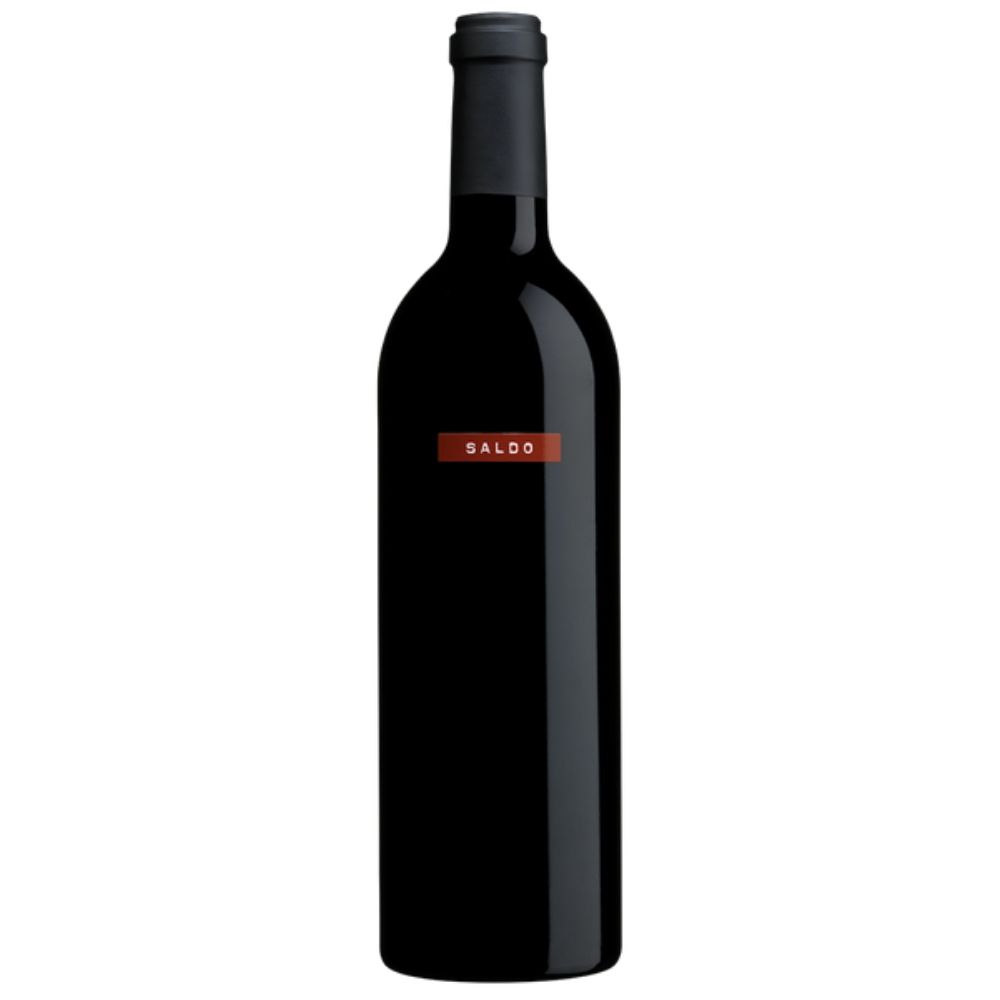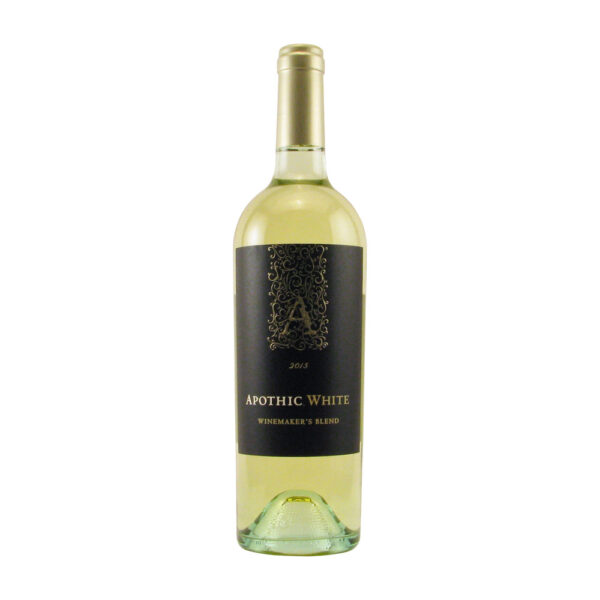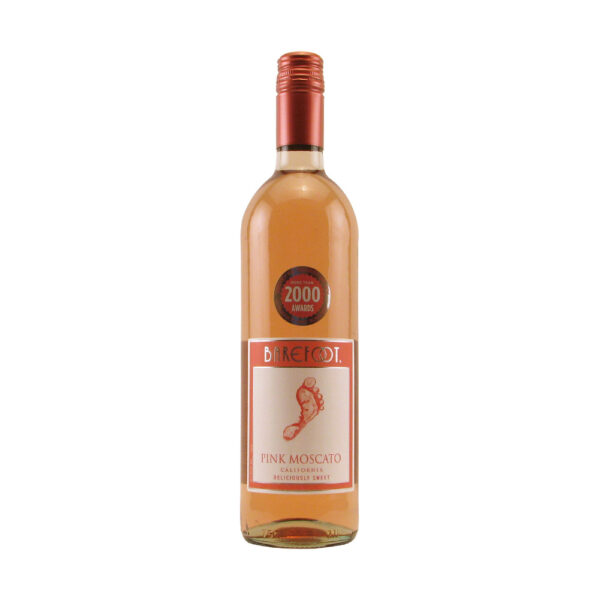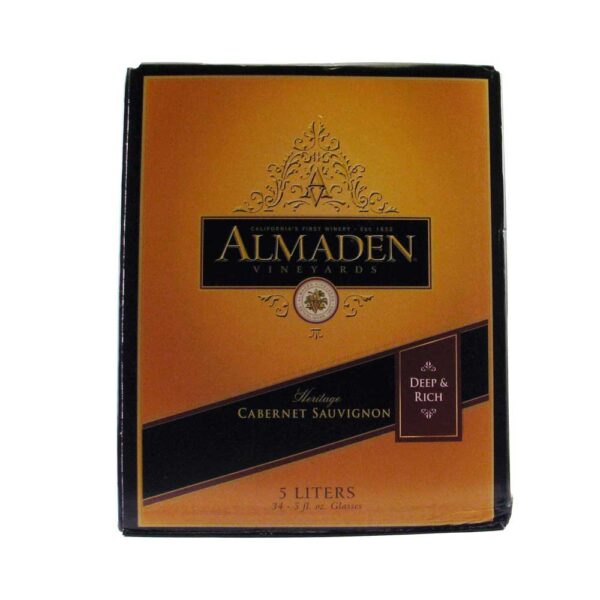Description
The Prisoner Wine Company Saldo Zinfandel 750ml
THE PRISONER WINE COMPANY
Our winemaking team works with a family of growers to source a diverse variety of grapes from premier vineyards throughout California. The resulting wines are interesting blends of distinct quality and character.
ABOUT THE WINE
While sampling grapes from fine-quality vineyards to make The Prisoner,
we came across many that, although not right for that distinctive Napa Valley blend, were just too good to let go. We created Saldo to feature this outstanding fruit from Dry Creek, Lodi, and Amador, where Zinfandel has thrived for decades.
WINEMAKER NOTES
Dark ruby color with bold aromas of black licorice, black pepper, cherry, and baking spice. The entry is rich, full, and scintillating. The palate is mouthwatering and smooth with a hint of chocolate. The finish is voluptuous with soft, velvety tannins.
THE BLEND
85% Zinfandel; 15% Blend of Petite Sirah and Syrah
AGING
A combination of French and American oak barrels, 25% new
The Prisoner Wine Company Saldo Zinfandel Notes To Your Senses:
- TASTE: Mouthwatering and smooth with a hint of chocolate. The finish is voluptuous with soft, velvety tannins.
- AROMA: Black licorice, black pepper, cherry, and baking spice
- APPEARANCE: Dark ruby
- ABV: 15.5%
- PAIRING: Full flavored, robust dishes
Zinfandel:
Zinfandel grapes are a variety of black-skinned grapes. DNA analysis has shown it’s genetically equal to the Croatian grapes Crlkenak Kastelanski & Tribidrag. It came to the US in the mid-19th century.
These grapes usually produce a robust red wine. The high sugar content allows the level of alcohol to pass 15%. Enjoy Zinfandel lovers!
The common tastes that arise depend on the ripeness of the grapes. Red berry fruit flavors like raspberry in from coolers areas. Blackberry, anise & pepper notes are more common in warmer areas.
Since the wine industry struggled due to the prohibition period, Zinfandel sank due to most being blended into undistinguished wines. Although, some producers kept interested in keeping a single varietal of red wines. Red Zinfandel wasn’t popular again until the 20th century.
Now that Zinfandel is back in action, the U.S. producers make ranging wine styles. From late harvest dessert wine, roses, and light style red to big hearty reds. Whats not to love about a versatile wine grape!
Red Wine:
Bringing out the best aromas and flavors of red wine can be achieved through the correct storage of temperature, generally between 50 to 55 degrees. Of course, this is a general rule of thumb as it depends on the grapes used when producing wine. There are so many health benefits due to the tannin.
Procyanidins are a type of condensed tannin that is found in green tea and dark chocolate. Speaking of health, young red wines are better than old as they have more tannin. However, don’t let the color fool you; as red wine ages, they become lighter. Very old wines are translucent and pale.
Vitis vinifera originating from Eastern Europe makes up most of the common varieties of red wine. The aromas of red wine come from grapes only. The aromas you may experience like, cherry, berry, jam, and herbs are all from fermented grapes and wine aging in oak barrels. Pretty simple for such a rich, complex, and tasteful wine!
California:
California makes about 90% of all American wine, while it has been harvesting grapes since the 18th century. It’s the fourth largest producer in the world due to its abundance of fresh ingredients and diverse soils, it attracts the most renowned chefs and sommeliers from around the world. Although Chardonnay is the most popular wine in the sunny state of California, Cabernet Sauvignon, Merlot, White Zinfandel and Pinot Grigio are a handful of other favorites.
During the prohibition area, Zinfandel was the wine grape that survived! The winemaker community always follows sustainable winegrowing practices and make sure to produce wine that is environmentally friendly. Don’t worry about the California drought every year, the annual rainfall of wine regions north of San Francisco and in southern regions receive adequate, fresh, rainfall.
Master Sommelier Little Known, Big Facts:
• The color of wine depends on the fermentation extracts using skin, like Red wine as compared to white wine, leaving the skin behind
• The oldest bottle of wine dates back to A.D. 325; it was found in Germany inside two Roman sarcophaguses
• The worst place to store wine is usually in the kitchen because it’s typically too warm, in refrigerators, their warmest setting can be too cold
• Richer heavier foods usually pair well with richer, heavier wines; light wines pair with lighter foods
• Generally, a vintage wine is a product of a single year’s harvest, not when the wine is bottled
• A “dumb” wine refers to the lack of odor while a “numb” wine has no odor and no potential of developing a pleasing odor in the feature
• If a server or sommelier hands you a cork, don’t smell it, look for the date or other information ( mold, cracking, or breaks)
• Tannin is a substance that tingles the gums when you indulge your palate with a sip of wine, it’s an excellent antioxidant
• Smell is by far the most important sense when it comes to drinking wine
• Wine was first developed in Mesopotamia, not France
• French wines are labeled following the soil on which they are produced, not according to the grape used
• When chilling wine, adding salt to ice will cool it down faster
Warnings:
You must be 21 or over to purchase this product.
Instructions:
Serve slightly chilled and or at room temperature






Reviews
There are no reviews yet.